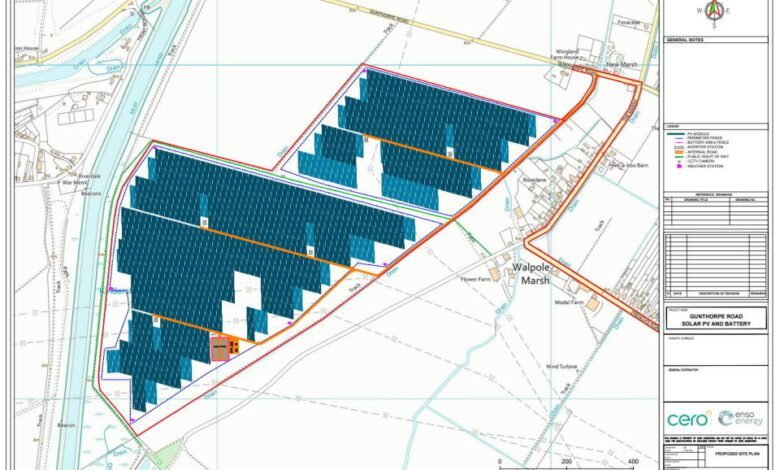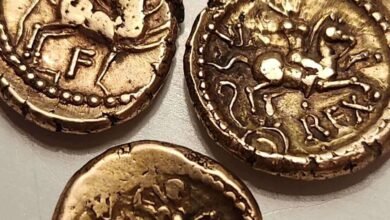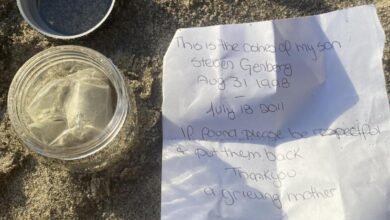Excavation aims to solve mystery of King John’s lost treasure after 800 years

An archaeological dig in Norfolk could solve the mystery of King John’s treasure, which was lost in the flood about 800 years ago and never found.
The monarch’s treasure, including the Crown Jewels, disappeared from Wash Bay in Norfolk in 1216 after the wagons carrying it sank in the bay.
Now a recently announced excavation in the area could pave the way for the search for the lost treasure.
The excavations are being carried out as part of a condition of granting planning permission for a new solar farm in the area where historians and archaeologists believe the monarch’s lost riches may be hidden.
Clive Bond, chairman of the West Norfolk and King’s Lynn Archaeological Society (WNKLAS), which is carrying out the excavation, said: “When you look at something so big it’s pretty exciting. There could be something there, absolutely, but actually you get it to where it was deposited in a changing, dynamic river system – you’re looking at a million to one.
“You will find things that are medieval and post-medieval, but I suspect the problem here is that you need an intervention that goes into depth.”
The story dates back to October 12, 1216, when King John and his entourage left King’s Lynn for Lincoln. The king rode ahead, leaving behind carts containing his worldly wealth, including crown jewels, silver plates, gold goblets, and gold coins.
But while the monarch made it across the wash west of Lynn, the rest of his group was swallowed up by the incoming tide and lost in the rushing water. The search for the missing treasure proved unsuccessful and King John died of dysentery in Newark on October 18, aged 49.
The exact location of the disaster is still unknown and much of the then estuary and salt marsh has been used for agricultural purposes over the centuries, with all of the treasures believed to be at least 5m below the surface.
The most likely location is likely to be somewhere between Walpole Cross Keys and Sutton Bridge – where work is due to begin soon on the new solar farm.
“Nothing was ever found”
Property developer Enso Green Holdings was initially rejected by West Norfolk Council in its attempt to erect solar panels on 200 acres of farmland in Walpole Marsh, but in 2022 won an appeal against the planning survey of the site, which is a prerequisite for the plans be approved by the Council.
About 20 trenches are being dug in various areas. Geophysical surveys have discovered former watercourses from the time when the site was a tidal marsh.
This is not the first time attempts have been made to find the treasure. In 2016, WNKLAS carried out an excavation at nearby Tydd St Giles and found medieval material including administrative seals and iron nails.
The local historian Dr. However, Paul Richards, from King’s Lynn, is skeptical that the latest excavation will be successful, saying: “Nothing was ever found. The fact is that he did not have much treasure with him, as he had spent most of it fighting.
“No regalia were found after his death – he probably whipped them out to fight against the barons, the French, he must have spent a lot of money.”
Like Richard III. was found under a parking lot after over 520 years
It is not uncommon for historical remains to be found on development sites.
In 2012, a skeleton found under a car park in Leicester was identified as that of King Richard III. confirmed after experts found that the bones’ DNA matched that of descendants of the monarch’s family.
Following the discovery, senior archaeologist Richard Buckley from the University of Leicester said the bones had been subjected to a “rigorous academic study” and were carbon dated to date from 1455 to 1540.
Richard was killed in battle in 1485 at the age of 32. At the time of his death, his skeleton had suffered ten injuries, including eight to the skull. Two of the skull wounds were potentially fatal. He was later reburied in Leicester Cathedral.



